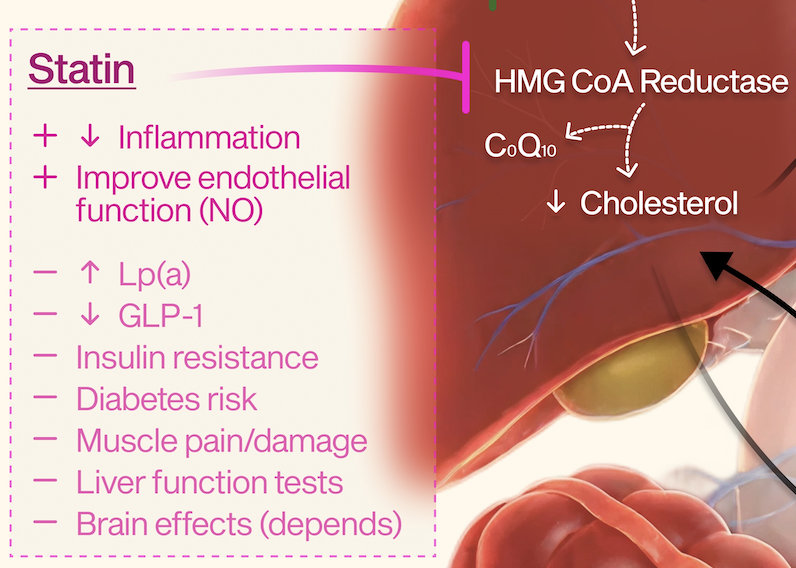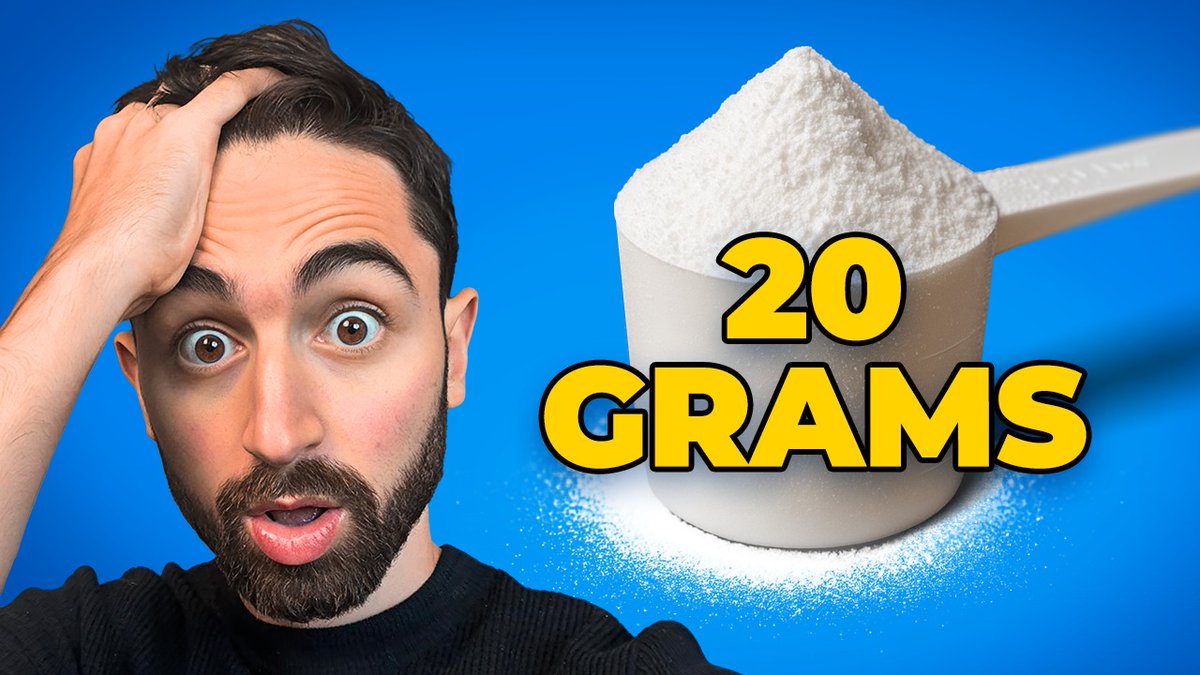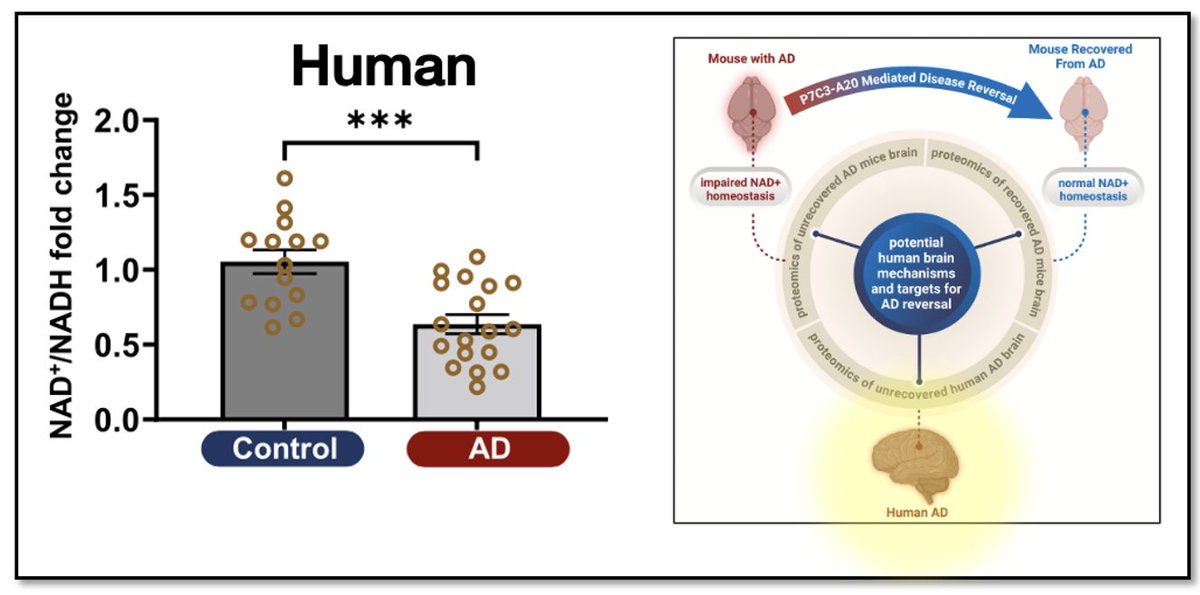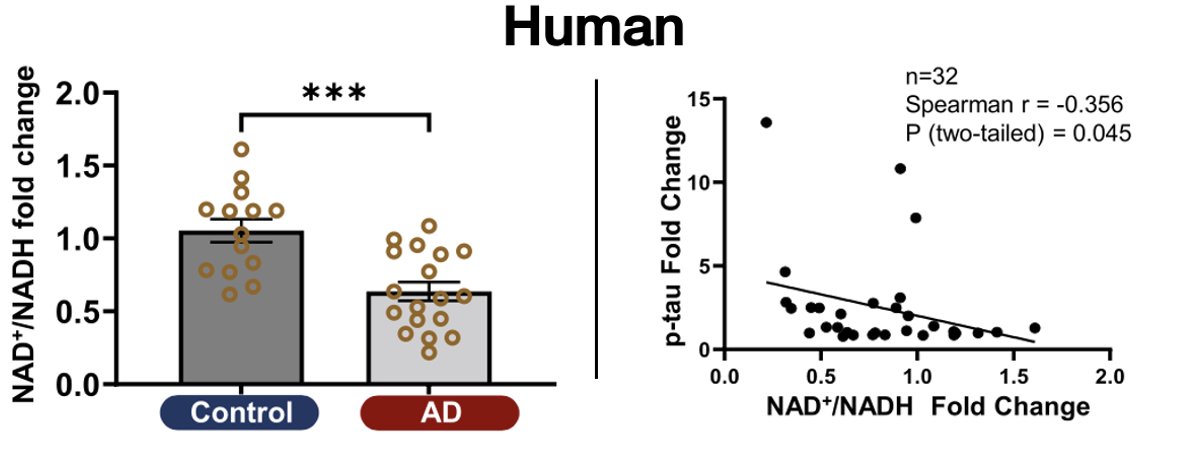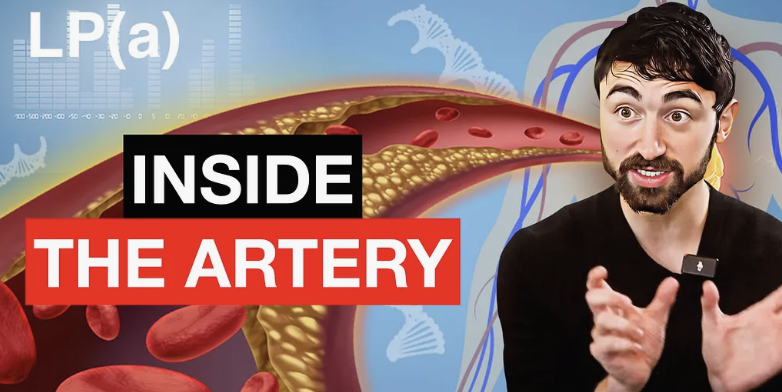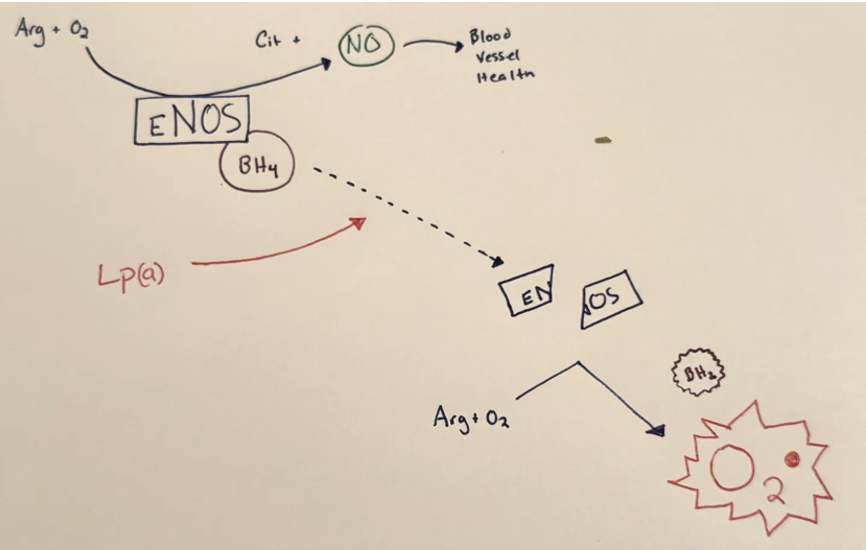Prepare for a thread about Well-formulated #Keto Adherence Paper that just came out.
Randomized crossover trial of 2x12-week #keto #LCHF vs. #Mediterranean diet.
Results show equally sustainable given the right conditions, but...
Randomized crossover trial of 2x12-week #keto #LCHF vs. #Mediterranean diet.
Results show equally sustainable given the right conditions, but...

Researchers designed study that during first 4 weeks of each diet, food was provided & during the next 8 they had to buy their own. Baseline&followup adherence scores were also collected. All this allowed researchers to determine how sustainable diets were under diff conditions
baseline #keto adherence score was lower than Medi score. BUT during the time period when food was provided AND when they had to buy their own food, mean keto score was equal to or higher than Medi score. At the follow-up #keto score had dropped again. From this I conclude... 

keto diet was not hard to adhere to itself, but social enviornment pushed ppl away from it b4&after study
In other words, not a diet issue but a social acceptability issue (at the population level)
Can see no difference (or a slight edge to keto) when food was made available.
In other words, not a diet issue but a social acceptability issue (at the population level)
Can see no difference (or a slight edge to keto) when food was made available.

Was also interesting to see some reasons individuals prefered one option over the other. IMO "better glucose numbers" is a better reason than "keto is for weight loss" / "I had no energy" (discouraged mineral supp during adapation), bc the latter 2 are misconceptions/misleading 

Overall good study&both diets were strong-ish. Both <40% CHO reduced refined grains/ simple sugars. Chronometer was used to track food intake & ketone blood meters confirmed nutritional ketosis.
In Sum, keto is not a hard diet to which to adhere. It's our darn food ecosystem :(

In Sum, keto is not a hard diet to which to adhere. It's our darn food ecosystem :(


• • •
Missing some Tweet in this thread? You can try to
force a refresh




